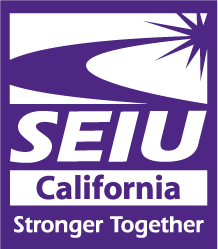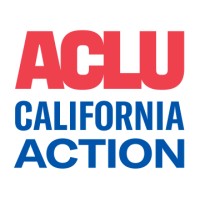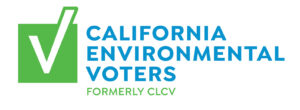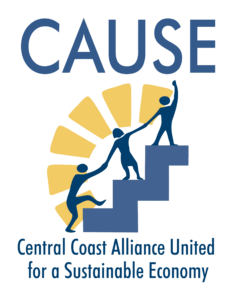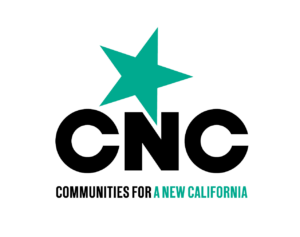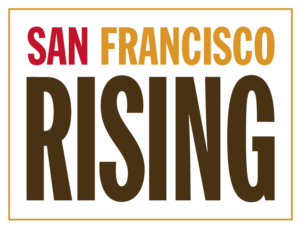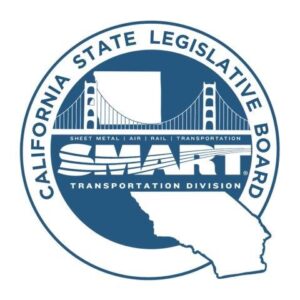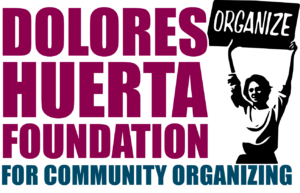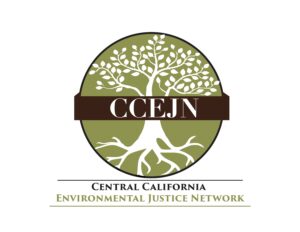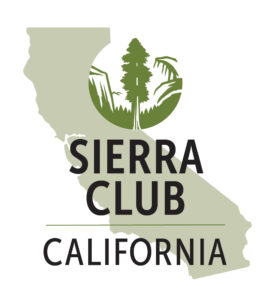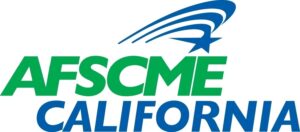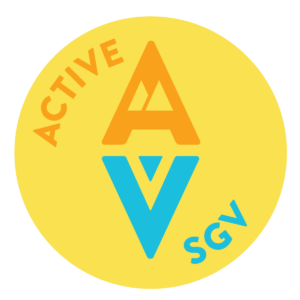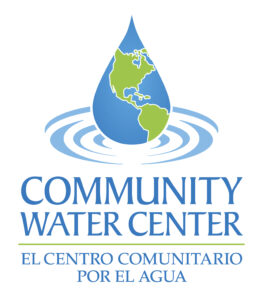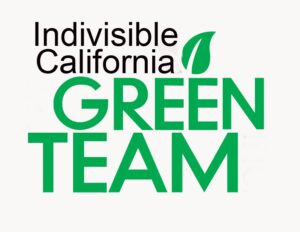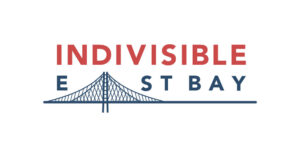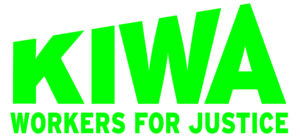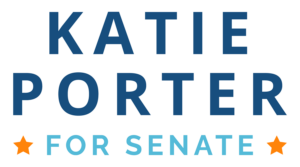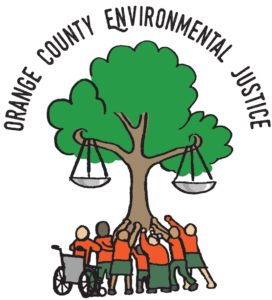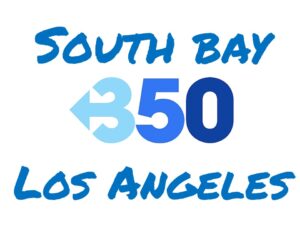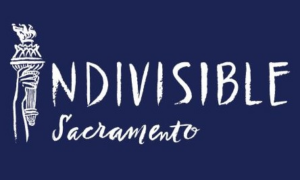Empower California voters by passing SB 1337
Why Reform is Needed
Tired of bribery and corporate corruption in politics, California voters decided in 1911 to give themselves the power to pass new laws (initiatives) and overturn laws passed by the legislature (referendums).
But the problem these tools were meant to solve – corporate domination of our democracy – was actually made worse, and corporate abuse of the referendum process to overturn laws that protect working people, our environment, and our communities has become routine. We can change that by creating stronger oversight of the initiative process and making new rules to empower voters with more information.

In 2023, Gov. Gavin Newsom signed AB 421 (Bryan), which strengthens California’s direct democracy by giving California voters more information on who is funding referendums and clearing up current ballot confusion.
Our work is not over. California corporations and other big money interests are using our referendum process to subvert the will of the people by spending millions of dollars to hire bounty hunter signature gatherers who often misrepresent the content of petitions in order to get paid. Because these bounty hunters are motivated by per signature payment, they will say and do anything to get signatures on petitions.
This year, we’re joining together to pass SB 1337 (Gonzalez) to curb widespread fraud and abuse that has recently become so evident in our system.
SB 1337 would reform California’s outdate referendum system and increase transparency by:
- requiring top contributor disclosure on referendum petition signature pages and in the ballot label
- providing an enforcement mechanism by invalidating signatures collected by actual fraud
Require significant community-based, volunteer engagement in signature gathering
- Require at least 10 percent of the signatures needed to qualify a referendum or an initiative that amends or repeals a statute within two years of enactment be obtained by a person who is not a paid signature gatherer.
- Require petitions circulated by paid signature gatherers to be printed on a different color paper than petitions circulated by unpaid signature gatherers to help voters distinguish between paid and unpaid signature gatherers.
Give voters the tools to understand who is behind a measure
- Require the name of the top three funders paying for petition circulation e to be disclosed on the first page of the petition above the location where the voter signs the petition, along with the Attorney General’s title and summary of the measure.
- In addition to their name, address, and signature, requires petition signers to affix the date they signed the petition and mark their initials next to a statement that they have reviewed the Official Top Funders. Requires that all petitions be updated to reflect changes in top funder information within 5 business days.
- Require every petition section to be numbered for greater accountability and tracking.
Clean up the “Wild West” paid signature-gathering industry
- Require the Secretary of State to design and administer a training program for paid petition circulators that includes instruction about acts that constitute prohibited conduct for circulators during the signature collection process.
- Require paid petition circulators to register with the Secretary of State, including disclosure of the specific ballot measure petitions they will be circulating.
- Provide that circulators or those who pay them who can be decertified for a pattern of deception.
- Paid petition circulators will receive a unique identification number which is required to be included on all petitions circulated by the signature gatherer. Petition circulators will also be required to wear a badge with their name, photograph and unique identification number, bringing more accountability and transparency to the signature gathering process.
- State that signatures gathered by non-registered paid petition circulators or collected in non-conformance with the law will not count for purposes of determining whether the measure qualifies for the ballot.
Treat referendum look-alikes…like referendums
- Reduce the circulation period for initiatives that repeal or amend a statute in a manner that does not further the purpose of the statute within two years of its enactment.
- Require the same 10% volunteer threshold, disclosures and signature gathering reforms as referendums
Clear up the ballot confusion
Eliminate the doublespeak – currently voting yes on a referendum to overturn a law means keeping the law, which understandably confuses many voters
Our Coalition, United for Referendum Reform
